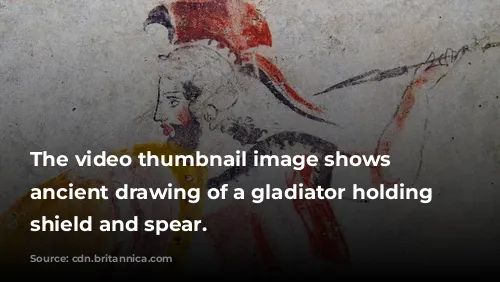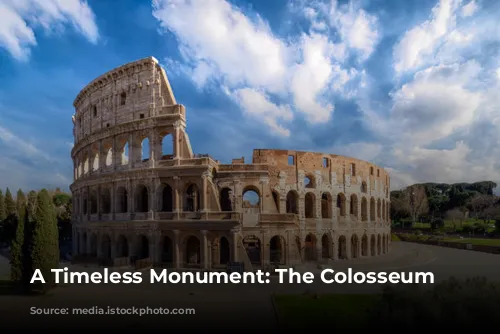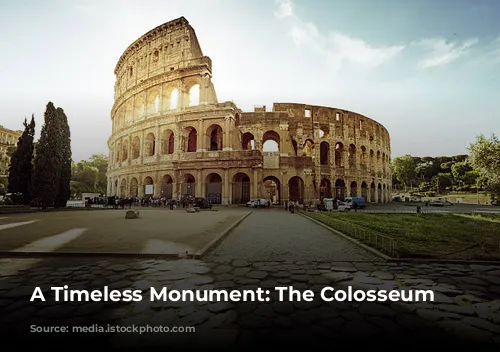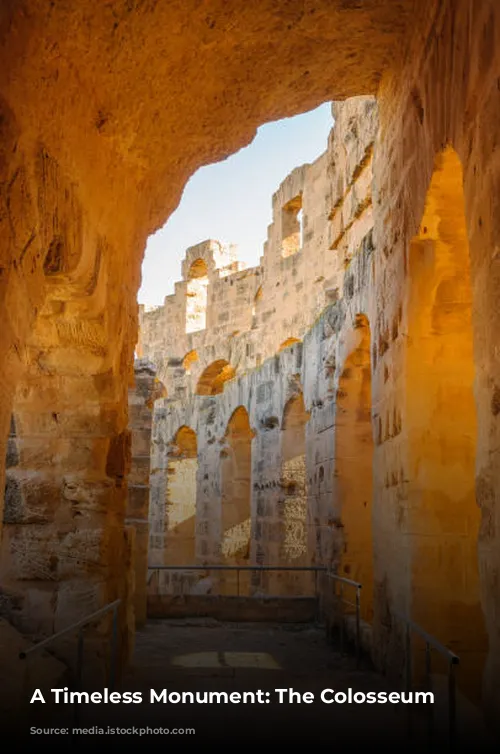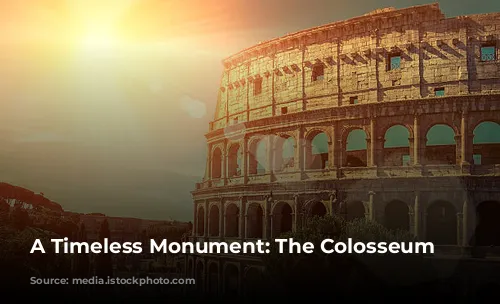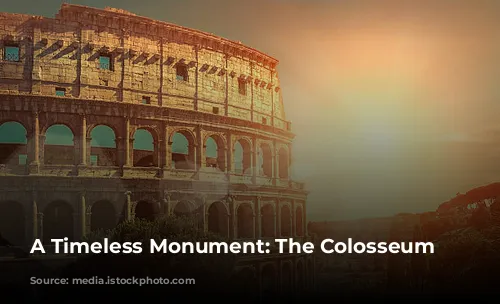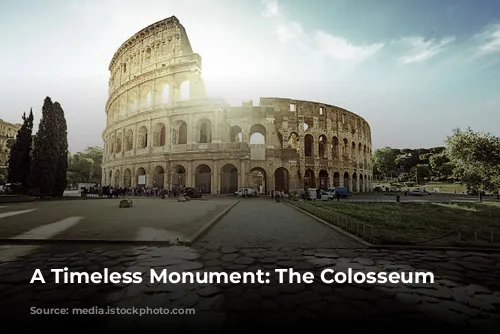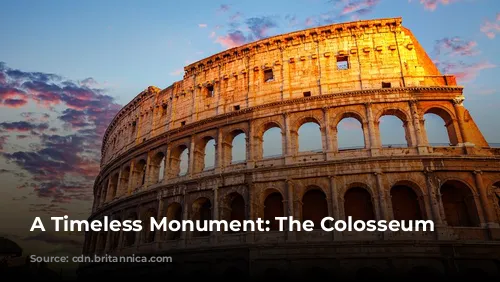The Colosseum, standing tall in Rome, is more than just a pile of stones; it’s a powerful reminder of ancient Rome’s architectural brilliance and a testament to their engineering skills. Today, it’s a major tourist attraction and a significant source of revenue for the Italian government. In 2018 alone, the Colosseum, Roman Forum, and Palatine Hill combined to generate over $63.3 million (€53.8 million), making it the most profitable tourist site in all of Italy.
This impressive structure, however, has seen its fair share of ups and downs. Following the fall of the Western Roman Empire, the Colosseum fell into disrepair and was even used as a fortress by the Frangipane and Annibaldi families in the 12th century. Sadly, the Colosseum was later treated as a quarry in the late 15th century, a fate that resulted in its neglect for over a thousand years. Fortunately, in the 1990s, state-funded restoration efforts breathed new life into this magnificent relic of the past.
A Symbol of Imperial Power
The Colosseum was born from a desire to revitalize Rome following the tumultuous year of the four emperors in 69 CE. Emperor Vespasian, in a move that mirrored other amphitheatres of the time, envisioned the Colosseum as a hub of entertainment where Romans could witness gladiator fights, animal hunts, and even elaborate mock naval battles.
The construction of the Colosseum began under Emperor Vespasian’s reign, between 70 and 72 CE. Its completion in 80 CE was marked by a grand dedication ceremony by Vespasian’s son and successor, Titus, featuring 100 days of celebratory games. Emperor Domitian later added the fourth story to the Colosseum in 82 CE. Interestingly, the funds for this magnificent structure came from the spoils of Titus’s conquest of Jerusalem in 70 CE, with enslaved Jews from Judaea contributing to its construction.
An Architectural Marvel
The Colosseum, also known as the Flavian Amphitheatre, is a stunning elliptical structure made of stone, concrete, and tuff. It boasts four stories, reaching a height of over 156 meters. Standing at 620 by 513 feet (189 by 156 meters), it had a capacity of around 50,000 spectators. The Colosseum was famously used for gladiatorial combat and other brutal spectacles.
The Colosseum stands as a masterpiece of Roman architecture. Unlike previous amphitheatres, which were often built into hillsides for support, the Colosseum is a freestanding structure, showcasing Roman ingenuity in its construction using barrel vaults and groin vaults. Its three lower stories are adorned with arcades framed by Doric, Ionic, and Corinthian columns, establishing a trend that would later influence Renaissance architecture. The Colosseum’s facade is made of travertine, while volcanic tuff forms its secondary walls, and the arena floor and arcade vaults are constructed from concrete.
A Glimpse into Roman Life
The Colosseum was designed to accommodate its massive audience, offering shade from the sun through a retractable awning known as the velarium. This ingenious system relied on supporting masts extending from the top of the Colosseum and hundreds of Roman sailors to manipulate the rigging.
The Colosseum was not just a place of entertainment but a window into the lives of ancient Romans. It was a place where gladiators fought for their lives, where wild animals were hunted, and where even mock naval battles unfolded before the eyes of a captivated audience. While the Colosseum’s role in the martyrdom of early Christians remains uncertain, it serves as a powerful reminder of the brutality and pageantry of ancient Roman society.
A Journey Through Time
Through the centuries, the Colosseum has witnessed both glory and decay. After the fall of the Roman Empire, the Colosseum was repurposed as a church, then as a fortress for prominent families. Earthquakes, lightning strikes, and vandalism further ravaged the structure, leading to its decline. The marble seats and other decorative elements were stripped away as the site was used as a quarry for over a thousand years.
The Colosseum’s preservation efforts began in earnest during the 19th century, with notable contributions from Pope Pius VIII. Significant restoration work was undertaken in the 1990s, breathing life back into this historical marvel. Today, the Colosseum stands as one of Rome’s most popular tourist attractions, welcoming close to seven million visitors annually. The Colosseum continues to captivate visitors with its imposing presence, serving as a constant reminder of the grandeur of the Roman Empire.
